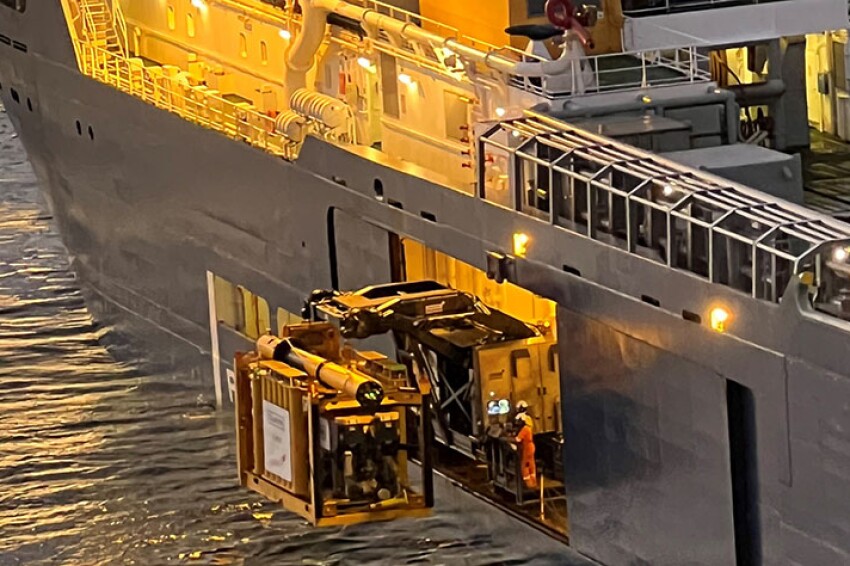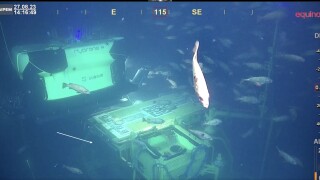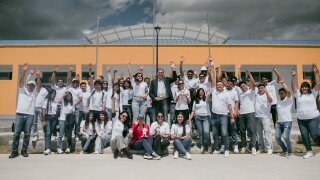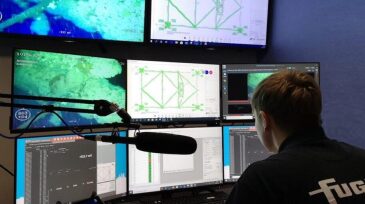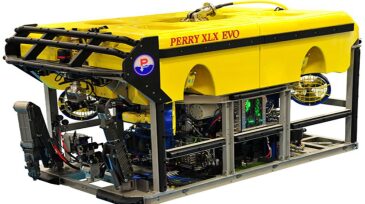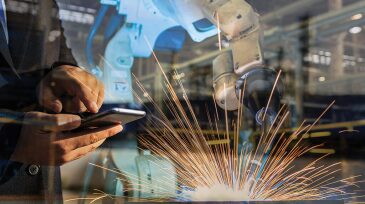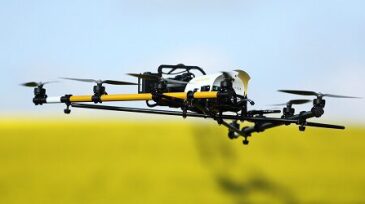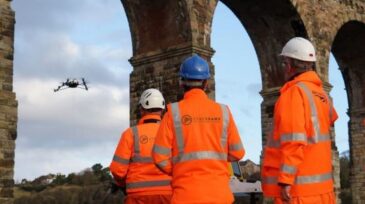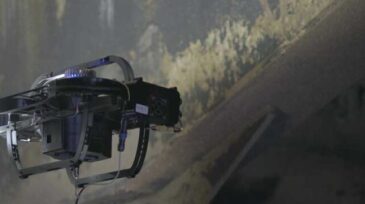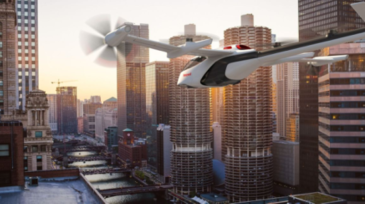Robotics/unmanned systems
With the right infrastructure and interoperability, subsea resident robotics could unlock more frequent, cost-effective inspections—and a new standard for offshore efficiency.
Emerging solutions could solve current subsea pain points, while a new taxonomy system could clarify the capabilities of the expanding domain of underwater vehicles.
The SPE Ecuador Section brought the excitement of robotics and energy education to life through an intensive 1-day Energy4me training, reaching 1,324 children from rural Quito.
-
The fully remote inspection was conducted with an ROV to increase worker safety and security and reduce environmental exposure on an offshore platform.
-
Development in software, technology, and a global 4G network combine to make ROV operations possible between offshore vessels and remote locations.
-
The partnership will deliver autonomous robots for safe work in adverse land, sea, and downhole environments.
-
With their gee-whiz—albeit artificial—intelligence, robots may be the industry’s answer to jobs deemed dangerous, dirty, distant, or dull.
-
iHawk, Cyberhawk’s cloud-based asset visualization software, will become Shell’s next-generation visualization software platform for all onshore, offshore, and subsea assets, as well as all global construction projects.
-
The contract continues the two companies’ 8-year working relationship; in 2012, they performed the world’s-first underdeck inspection.
-
A recent test proved the feasibility of using LiDAR on remote-controlled drones to create 3D maps of the inside of tanks, increasing the safety and efficiency of inspections.
-
The aerospace giant is launching a new business unit to cash in on the autonomous aviation market. It will act as a systems integrator for all Honeywell products and services that could be used in this industry.
-
The Offshore Technology Conference was cancelled for the first time ever due to the COVID-19 pandemic. But the flow of ideas continues. As proof, this curated summary of technical papers highlights unique concepts that might someday reduce the offshore sector’s heavy cost burdens.
-
The testing, inspection, and certification company is reporting a 900% rise in demand for the remote inspection of offshore assets and equipment since the outbreak of the COVID-19 pandemic.

